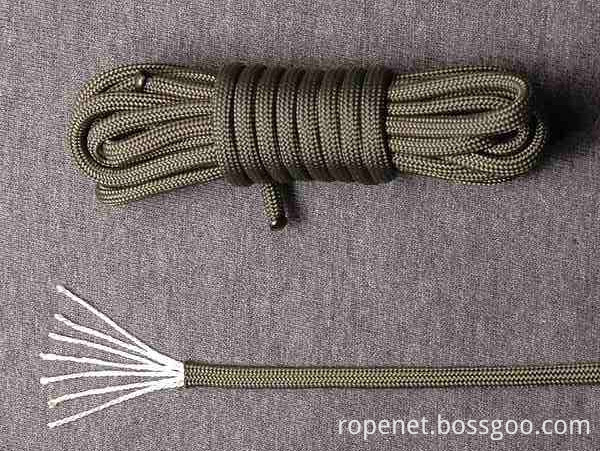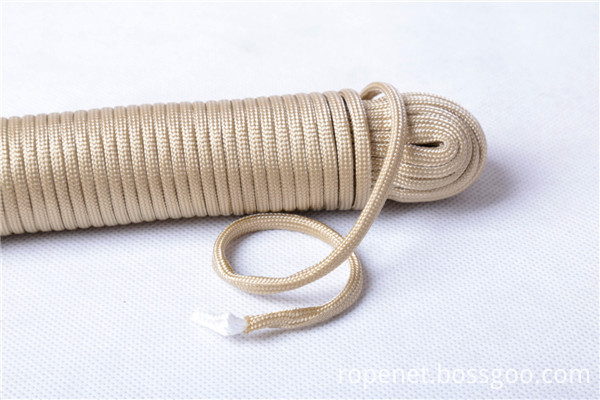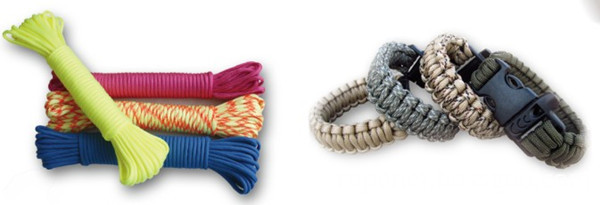Prior to this century, corrugated packaging printing used a transmission type press, and the production quality and efficiency were not high. The new corrugated packaging printing adopts better printing machinery, more advanced printing technology, and newer printing methods, which are richer and more varied than the old corrugated packaging printing methods. At present, corrugated paperboards are the most widely used for offset printing and flexo printing. Preprinting has not been widely used in China's corrugated printing field. In terms of its current application, trends and prospects are very gratifying.
First, offset printing
Corrugated board packaging offset printing direct and indirect offset two.
Direct offset printing uses corrugated paperboard as a substrate and direct printing with a special offset press. Direct offset printing in foreign countries is relatively mature, domestic still in its infancy, as a new technology, it has no indirect offset printing in corrugated packaging and printing applications widely used, but direct offset printing printing effect is ideal for thin corrugated cardboard (such as G-type and F-type micro-corrugated cardboard) can be used to make packaging boxes and gift boxes for household appliances, toys, food, electronic products, etc. It is likely to become the development direction of high-grade corrugated box printing in China.
The conventional offset printing corrugated box adopts indirect printing, that is, the cardboard box is printed first, and then it is affixed to the corrugated board. The required machinery includes a common offset printing press and a fully automatic and semi-automatic overlaying machine.
Second, flexo
Flexo printing is flexographic printing, which belongs to letterpress printing, but the printing plate is soft. Because of the uneven thickness of corrugated cardboard, if a rigid plate is used, the pressure on the surface of the paper is inconsistent, the part of the tile is blotted, the empty part is in contact with the mark, the embossing force is difficult to control, and the corrugation of the cardboard box is difficult. Causes damage. The pressure of flexographic printing is only 1/30 of that of traditional letterpress printing, and the deformation of corrugated board after embossing is very small. The water-based ink used for flexo printing is almost completely absorbed by corrugated paper by lightly touching the corrugated board. The commonly used flexo-plate has two types of photosensitive resin and rubber.
Third, preprint
Pre-printing refers to printing the web of paper before the production of corrugated cardboard, printing it into a roll, and then printing the printed paper on the corrugated paper production machine. The pre-printed corrugated board is not affected by the printing pressure, so the corrugated box after molding has an ideal appearance.
Preprinted with pre-printed flexo and gravure preprinted. Flexo preprinting is a process in which after a face sheet is printed on a flexographic printing press and rolled, the face is applied to corrugated cardboard. Many foreign corrugated packaging and printing companies prefer to use flexo preprinting.
The gravure preprinting is the process of applying the gravure printing machine to complete the surface paper and roll it into a corrugated cardboard after being rolled. For our country, the gravure printing is more mature than the flexo printing. Therefore, the current corrugated packaging printing and printing presses focus on the gravure printing and preprinting is more in line with the actual situation in China.
Fourth, corrugated packaging offset printing, flexo printing, pre-printing contrast
1. Printing quality
Of the three, flexo printing is the worst, and both offset and preprint quality are ideal.
Flexographic printing quality can not meet the requirements of high-grade corrugated packaging. First of all, this is caused by the water-based ink used in corrugated packaging flexo printing caused by the poor gloss of printed products; Secondly, the number of flexo printing screen is generally 30 ~ 65LPI, not more than 150LPI, lower than the offset and preprint; , flexo printing outlets are more serious, difficult to grasp (such as 5O% outlets increase 30% to 40%).
Offset printing in China is already a relatively mature printing technology, and it is also a printing method with a large advantage in the printing field. Therefore, high quality of corrugated packaging offset printing is normal. First of all, the PS version used in offset printing has a high resolution and can print very fine patterns. It can also perform surface finishing such as laminating and glazing. Therefore, the vast majority of domestic high-grade corrugated cartons used for sales and packaging are currently printed. Offset; Second, corrugated packaging offset printing screen line number can reach 150 ~ 200LPI; Third, offset printing dot gain situation is much lighter than flexo printing, 50% increase in network points 15% ~ 2O%; Fourth, corrugated packaging offset printing energy The range of reproduced dots is large, reaching 2% to 98%, even 1% to 99% (the range of dots that flexo can reproduce is 3 to 95%).
The printing pressure of the corrugated packaging preprinting is uniform and is not influenced by the height of the corrugated medium, so the printing quality is good. Flexographic preprinted screens can reach 150 LPI, 50% dot gain is 15% to 25% lower than traditional flexo, but the tone range can only be between 8% and 85% when duplicating continuous images; gravure Pre-printing is stronger than pre-printing with flexo printing, and the cable can reach 300 LPI, which embodies the advantages of fullness of gravure ink, strong three-dimensional impression, and high precision of overprinting. Gravure preprinting can even surpass offset printing.
2. Printing machine costs
The cost of preprinting machinery is the highest, and flexographic printing machinery is the lowest.
China's pre-printing is still in its infancy. The pre-printing method requires a web printing press. After printing, it is first rewinded to form a roll print, and then the corrugated board production line is re-corrugated. The existing corrugated board production line is not suitable for pre-printing. The cardboard composite requires technical improvements. The pre-printed printing equipment introduction fees and renovation fees are very large, and the general flexo printing pre-press price is about 10 million yuan.
The flexographic printing press has a simple structure and low cost.
Offset printing presses (especially direct offset presses) cost about twice as much as flexo presses.
3. Printing plate cost and printing rate
The flexographic version has the highest cost and the preprinted version has the highest print resistance. Flexographic rubber and photosensitive resin plates cost the most.
Offset printing rate is generally only hundreds of thousands of printed sheets; flexo printing rate is about 1 million printed sheets; flexographic printing plate is resistant to high printing force, and can be reused, such as gravure preprinted printing rate of 300 to 400 Ten thousand sheets.
4. Ink performance
Offset inks are resin type, bright type inks, etc., which often contain benzene, a certain degree of pollution. Flexo printing and pre-printing can all use water-based ink, domestic ink can meet the high temperature and friction of corrugated paper line, so China's corrugated board printing more water-based ink, it is conducive to loose porous corrugated board, and non-toxic Odorless, no pollution, low cost.
5. Printing speed
The slowest speed is offset printing. Offset printing is only suitable for single-faced corrugating machines, and it is not suitable for cardboard-linked production lines, so production efficiency is low. The offset printing speed of domestic offset paper production lines is 5000 to 9,000 sheets/hour, the high-speed production line can reach 16,000 sheets/hour, and the processing speed of the cartons is 300 to 1000 inches/minute.
Preprinting is fastest. Because the preprinting avoids the influence of traditional printing on the flat compressive strength of the paperboard, the printing speed can reach 200-400 m/min.
Followed by the flexo version. Flexographic printing presses can be connected to continuous post-press finishing equipment such as die-cutting, creasing, grooving, gluing, folding, ordering (gluing) boxes, and baling, and the speed is ideal. Because of the high printing speed of flexographic printing plates, it is difficult to maintain stability, resulting in low accuracy of overprinting in multicolor printing.
6. Printing format
Preprinting can meet the largest printing format, followed by flexo printing and offset printing.
Flexible printing presses and preprinting presses can satisfy wide-format printing. The width of the flexographic printing corrugated board can reach 2.8m, and the maximum printing width of the gravure preprinting press can reach 3.4m. Offset printing cannot be large format printing.
In summary, corrugated packaging using offset printing, flexo printing, pre-printing has its own advantages and disadvantages, we need to choose the appropriate printing method according to different needs. Pre-printing is particularly suitable for high-quality, high-volume corrugated packaging. If there are many types of products and the print volume of a single product is not large, pre-printing is not economical; offset printing is suitable for high-quality, small-volume corrugated packaging; flexo printing It is suitable for corrugated cartons with low printing precision (such as text draft), large quantities, fast requirements, large area, and low cost. In the future, these three types of corrugated packaging printing will coexist for a long period of time. Their market share will be adjusted with the changes in social needs, let us continue to pay attention.
Para cord
Military spec 550 cords constructed of 100% nylon with 7 strand high strength core covered by a polyester smooth jacket yielding a minimum tensile strength of 550 pounds. Braided sheath has a high number of interwoven strands for its size, giving it a relatively smooth texture. It is available in assorted colors and all have white core strands. These smaller cords can be used in a wide range of applications from tie-down straps to braided bracelets and any other non-life-safety applications.
Feature:
• Soft-hand feel
• Good stretch and versatility
•Seven strand Hi - tensile cord is rated at 550 lb
• Ideal rope for outdoor utility applications
Description of Para cord
1. Name: Para cord 550 Parachute Cord Lanyard Rope
2. Material: PP (Polypropylene), Polyester, Nylon
3. Over 100 colors for your choice.
4. Length: 50ft, 100 feet is standard packing.
5. Most popular: 4mm, 7 inner strands, 3 ply twisted line, strength 550LBS
6. Packing: Coil, Hank, Bundle, Reel, Shell Color Bag
7. Diameter Range: 2mm-32mm
8. Structure: 8-Strand, 16-Strand, 24-Strand, 32-Strand, 48-Stran



If you have any questions, pls send email to us directly.
Para Cord,Paracord Rope,Rope Bracelet,Parachute Rope
ROPENET GROUP CO.,LTD , https://www.cordnet.com